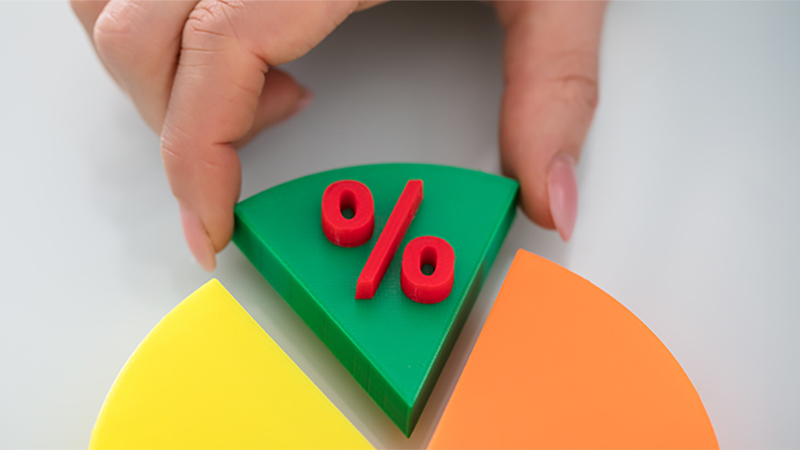The group’s latest Global Perspectives report, co-authored by chief economist Jeremy Lawson and Govinda Finn, who works in the global strategy team, said structural reforms, not currency depreciation, were needed to boost exports, as well as unlocking domestic growth and encouraging portfolio investment in Japanese companies.
Widespread structural reforms, such as changes to the tax system, labour market institutions, product market regulations and corporate governance were required to restore Japan’s external competitive position but also the domestic economy.
“One potential explanation for this apparent export puzzle is that the lag between export growth and the exchange rate may have risen compared with the past.
“For example, firms may still be adjusting to the elevated level of the yen over the previous four years and initially using the yen depreciation to rebuild profit margins rather than expand export volumes,” the report said.
It explained that firms’ own expectations may also be playing a role.
SLI said many exporters did not expect the currency depreciation to continue, in turn leading to caution over expanding export capacity.
“If this delayed response explanation is correct, then we should expect a rapid acceleration in export growth over the next year,” it added.
Lost its competitive edge
However, SLI said a more plausible explanation was that the level of responsiveness of Japanese exports to global growth and the exchange rate was sliding.
It said since peaking in 1988, Japan’s share of global exports fell from 9.2% to 4.3% and over the past decade the country had lost market share every year except 2010.
While some of that was down to the rapid growth of the Chinese economy, which grew from 1.7% to 11.1% over the same period, it was largely a Japan problem – having lost more market share than any other G20 country over that time.
“Japan’s relative performance looks even worse when we remember that its real effective exchange rate has depreciated by around a quarter over the past two decades, much more than any other comparable country.
“The bottom line then is that competitiveness of Japanese firms in export markets appears to have declined significantly over time such that greater exchange rate depreciation is now necessary to achieve any given amount of improvement in export growth.
“Our models also imply that while accelerating global production growth should help generate stronger Japanese export growth over the coming year, the impact will probably be more muted than is widely recognised.”











